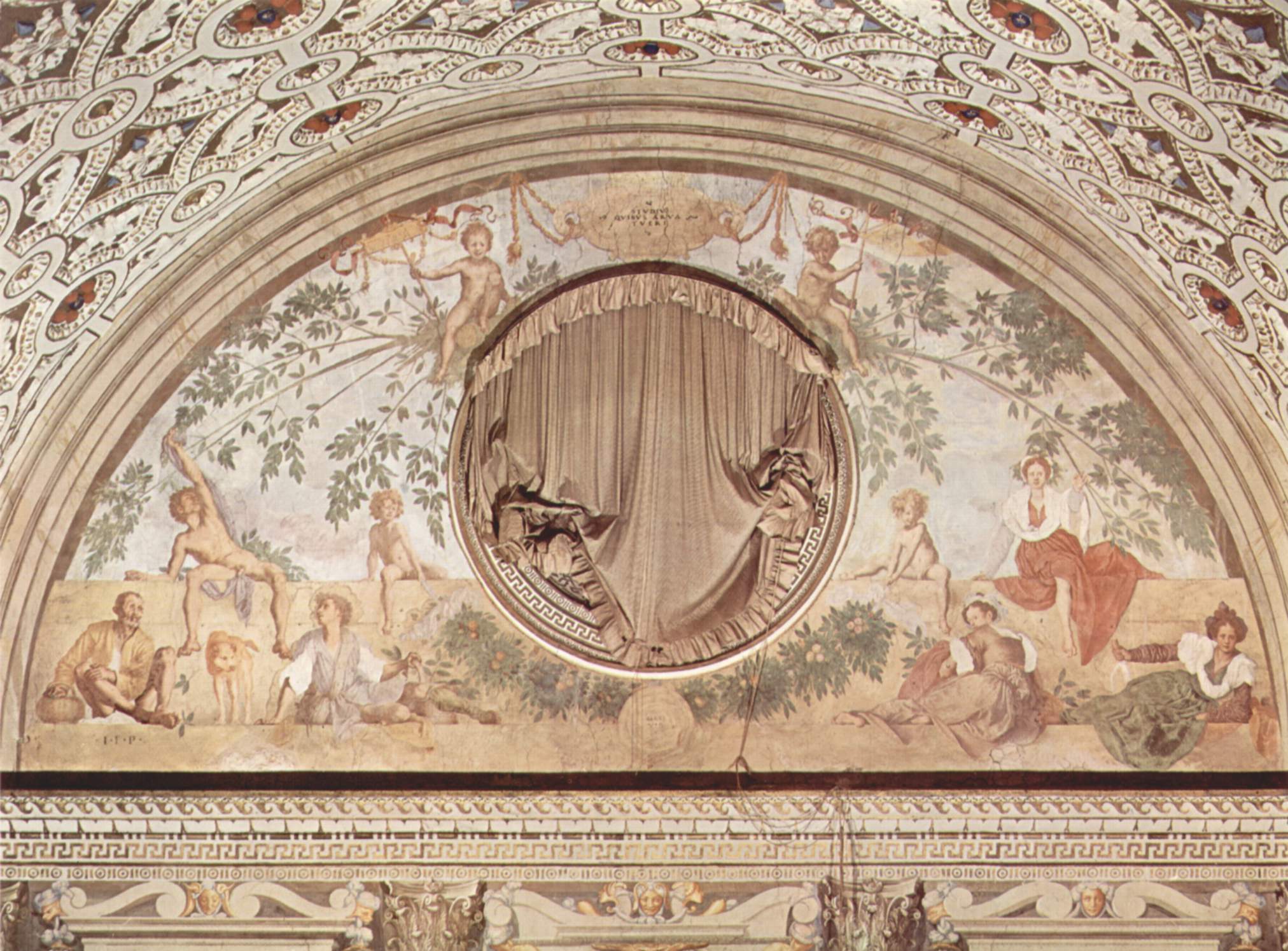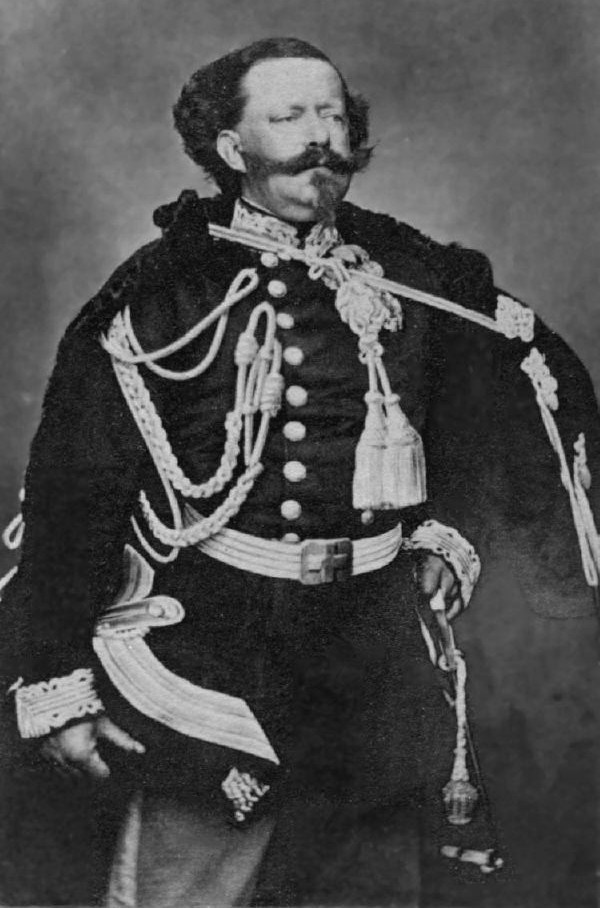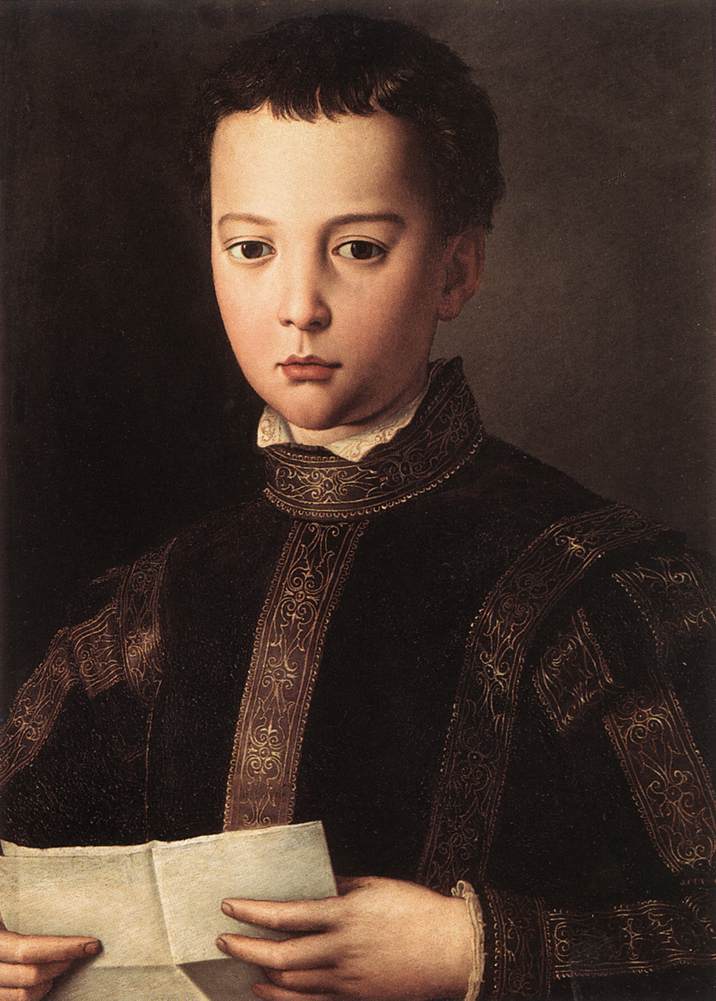|
Poggio A Caiano
Poggio a Caiano is a town and ''comune'' in the province of Prato, Tuscany region Italy. The town, birthplace of Philip Mazzei, lies south of the provincial capital of Prato. Sister towns Poggio a Caiano has two sister cities: * Charlottesville, Virginia * Agounit, Sahrawi Arab Democratic Republic Main sights The Medici villa In 1473, a ruined fortified house at Poggio a Caiano called the Ambra, and land and a mill owned by Giovanni di Paolo Rucellai, were bought by Lorenzo de' Medici. Initially, only agricultural improvements were carried out; then in 1485, work began on the villa itself, to designs by Giuliano da Sangallo, who created a large fortified, quadrangular country house built around a central courtyard. A large central hall gave access to rooms with windows overlooking the surrounding countryside; at the time, this design was innovative. On Lorenzo’s death in 1492, the villa was still largely unfinished; however, work resumed under Lorenzo’s second son, ... [...More Info...] [...Related Items...] OR: [Wikipedia] [Google] [Baidu] |
Tuscany
it, Toscano (man) it, Toscana (woman) , population_note = , population_blank1_title = , population_blank1 = , demographics_type1 = Citizenship , demographics1_footnotes = , demographics1_title1 = Italian , demographics1_info1 = 90% , demographics1_title2 = , demographics1_info2 = , demographics1_title3 = , demographics1_info3 = , timezone1 = CET , utc_offset1 = +1 , timezone1_DST = CEST , utc_offset1_DST = +2 , postal_code_type = , postal_code = , area_code_type = ISO 3166 code , area_code = IT-52 , blank_name_sec1 = GDP (nominal) , blank_info_sec1 = €118 billion (2018) , blank1_name_sec1 = GDP per capita , blank1_info_sec1 = €31,500 (2018) , blank2_name_sec1 = HDI (2019) , blank2_info_sec1 = 0.907 • 6th of 21 , blank_name_sec2 = NUTS Region , blank_info_sec2 ... [...More Info...] [...Related Items...] OR: [Wikipedia] [Google] [Baidu] |
Giuliano Da Sangallo
Giuliano da Sangallo (c. 1445 – 1516) was an Italian sculptor, architect and military engineer active during the Italian Renaissance. He is known primarily for being the favored architect of Lorenzo de' Medici, his patron. In this role, Giuliano designed a villa for Lorenzo as well as a monastery for Augustinians and a church where a miracle was said to have taken place. Additionally, Giuliano was commissioned to build multiple structures for Pope Julius II and Pope Leo X. Leon Battista Alberti and Filippo Brunelleschi heavily influenced Sangallo and in turn, he influenced other important Renaissance figures such as Raphael, Leonardo da Vinci, his brother Antonio da Sangallo the Elder, and his sons, Antonio da Sangallo the Younger and Francesco da Sangallo. Early life Giuliano da Sangallo (né Giuliano Giamberti) was born c. 1445 in Florence. His father, Francesco Giamberti, was a woodworker and an architect who worked closely with Cosimo de' Medici. This proved to be help ... [...More Info...] [...Related Items...] OR: [Wikipedia] [Google] [Baidu] |
House Of Savoy
The House of Savoy ( it, Casa Savoia) was a royal dynasty that was established in 1003 in the historical Savoy region. Through gradual expansion, the family grew in power from ruling a small Alpine county north-west of Italy to absolute rule of the Kingdom of Sicily from 1713 to 1720, when they were handed the island of Sardinia, over which they would exercise direct rule from then onward. Through its junior branch of Savoy-Carignano, the House of Savoy led the Italian unification in 1860 and ruled the Kingdom of Italy until 1946; they also briefly ruled the Kingdom of Spain in the 19th century. The Savoyard kings of Italy were Victor Emmanuel II, Umberto I, Victor Emmanuel III, and Umberto II. The last monarch reigned for a few weeks before being deposed following the institutional referendum of 1946, after which the Italian Republic was proclaimed. History The name derives from the historical region of Savoy in the Alpine region between what is now France and Italy. Ove ... [...More Info...] [...Related Items...] OR: [Wikipedia] [Google] [Baidu] |
Vertumnus And Pomona (Pontormo)
''Vertumnus and Pomona'' is a fresco decoration in the Medici country villa at Poggio a Caiano (near Montalbano), executed ''c.'' 1519-1521 by Jacopo Pontormo. The villa is set among orchards and gardens, and in summer, served as a retreat from the heat in Florence. The fresco surrounds a lunette, high in a barrel-vaulted central hall. The allegorical figures over the doors and the facing fresco depicting Julius Caesar, begun by Pontormo’s mentor, Andrea del Sarto, were completed decades later by Alessandro Allori. Pontormo initially received the commission from Ottaviano de' Medici and Cardinal Giulio de' Medici, the future Clement VII, and Giovanni de’ Medici (later pope as Leo X). The painting depicts peasants, including a naked youth, picking fruit or lounging beneath trees in a walled framework. Putti garland the window. The stated theme is the classical myth of Vertumnus and Pomona taken from a story in Ovid's Metamorphoses. The myth is that of Pomona, a beautiful b ... [...More Info...] [...Related Items...] OR: [Wikipedia] [Google] [Baidu] |
Pontormo
Jacopo Carucci (May 24, 1494 – January 2, 1557), usually known as ''Jacopo da Pontormo'', ''Jacopo Pontormo'', or simply Pontormo, was an Italian Mannerist painter and portraitist from the Florentine School. His work represents a profound stylistic shift from the calm perspectival regularity that characterized the art of the Florentine Renaissance. He is famous for his use of twining poses, coupled with ambiguous perspective; his figures often seem to float in an uncertain environment, unhampered by the forces of gravity. Biography and early work Jacopo Carucci was born at Pontorme, near Empoli, to Bartolomeo di Jacopo di Martino Carrucci and Alessandra di Pasquale di Zanobi. Vasari relates how the orphaned boy, "young, melancholy, and lonely", was shuttled around as a young apprentice: Pontormo painted in and around Florence, often supported by Medici patronage. A foray to Rome, largely to see Michelangelo's work, influenced his later style. Haunted faces and elongated ... [...More Info...] [...Related Items...] OR: [Wikipedia] [Google] [Baidu] |
Victor Emmanuel II Of Italy
en, Victor Emmanuel Maria Albert Eugene Ferdinand Thomas , house = Savoy , father = Charles Albert of Sardinia , mother = Maria Theresa of Austria , religion = Roman Catholicism , image_size = 252px , succession1 = King of Sardinia and Duke of Savoy , reign1 = 23 March 1849 – 17 March 1861 , predecessor1 = Charles Albert , reg-type1 = , regent1 = , signature = Signatur Viktor Emanuel II..PNG Victor Emmanuel II ( it, Vittorio Emanuele II; full name: ''Vittorio Emanuele Maria Alberto Eugenio Ferdinando Tommaso di Savoia''; 14 March 1820 – 9 January 1878) was King of Sardinia from 1849 until 17 March 1861, when he assumed the title of King of Italy and became the first king of an independent, united Italy since the 6th century, a title he held until his death in 1878. Borrowing from the old Latin title '' Pater Patriae'' of the Roman emperors, the Italians gave him the epithet of ''Father of the Fatherland'' ( it, Pad ... [...More Info...] [...Related Items...] OR: [Wikipedia] [Google] [Baidu] |
Italian Unification
The unification of Italy ( it, Unità d'Italia ), also known as the ''Risorgimento'' (, ; ), was the 19th-century political and social movement that resulted in the consolidation of different states of the Italian Peninsula into a single state in 1861, the Kingdom of Italy. Inspired by the rebellions in the 1820s and 1830s against the outcome of the Congress of Vienna, the unification process was precipitated by the Revolutions of 1848, and reached completion in 1871 after the Capture of Rome and its designation as the capital of the Kingdom of Italy. Some of the states that had been targeted for unification ('' terre irredente'') did not join the Kingdom of Italy until 1918 after Italy defeated Austria-Hungary in the First World War. For this reason, historians sometimes describe the unification period as continuing past 1871, including activities during the late 19th century and the First World War (1915–1918), and reaching completion only with the Armistice of Vil ... [...More Info...] [...Related Items...] OR: [Wikipedia] [Google] [Baidu] |
Kingdom Of Etruria
The Kingdom of Etruria (; it, Regno di Etruria) was an Italian kingdom between 1801 and 1807 that made up a large part of modern Tuscany. It took its name from Etruria, the old Roman name for the land of the Etruscans. History The kingdom was created by the Treaty of Aranjuez, signed at Aranjuez, Spain on 21 March 1801. In the context of a larger agreement between Napoleonic France and Spain, the Bourbons of Parma were compensated for the loss of their territory in northern Italy (which had been occupied by French troops since 1796). Ferdinand, Duke of Parma ceded his duchy to France, and in return his son Louis I was granted the Kingdom of Etruria (which was created from the Grand Duchy of Tuscany). To make way for the Bourbons, the Habsburg Grand Duke of Tuscany Ferdinand III was ousted and compensated with the Electorate of Salzburg. Originally the Grand Duchy of Tuscany, Etruria had been ceded to the Bourbons in 1801 in the person of Charles IV's eldest daughter and ... [...More Info...] [...Related Items...] OR: [Wikipedia] [Google] [Baidu] |
Maria Luisa, Duchess Of Lucca
, succession = Queen consort of Etruria , image = Maria Luisa of Spain, queen of Etruria and duchess of Lucca.jpg , caption = Portrait by François-Xavier Fabre , reign = 21 March 1801 – 27 May 1803 , reign-type = Tenure , predecessor = Elisa Bonaparte , succession1 = Duchess of Lucca , reign1 = 9 June 1815 – 13 March 1824 , successor1 = Charles I , spouse = Louis of Etruria , issue = , house = Bourbon , father = Charles IV of Spain , mother = Maria Luisa of Parma , religion = Roman Catholicism , birth_date = , birth_place = Palace of San Ildefonso, Segovia, Spain , death_date = , death_place = Rome, Papal States , burial_place = El Escorial, Madrid Maria Luisa of Spain (, 6 July 178213 March 1824) was a Spanish infanta, daughter of King Charles IV and his wife, Maria Luisa of Parma. In 1795, she married her first cousin Louis, Hereditary Prince of Parma. She spent the ... [...More Info...] [...Related Items...] OR: [Wikipedia] [Google] [Baidu] |
Ferdinando I De' Medici, Grand Duke Of Tuscany
Ferdinando I de' Medici, Grand Duke of Tuscany (30 July 1549 – 3 February 1609) was Grand Duke of Tuscany from 1587 to 1609, having succeeded his older brother Francesco I. Early life Ferdinando was the fifth son (the third surviving at the time of his birth) of Cosimo I de' Medici, Grand Duke of Tuscany, and Eleanor of Toledo, the daughter of Pedro Álvarez de Toledo, Marquis of Villafranca, the Spanish viceroy of the Kingdom of Naples. He was made a Cardinal in 1562 at the age of 14, but was never ordained into the priesthood. At Rome, he proved an able administrator. He founded the Villa Medici in Rome and acquired many works of art (including the '' Medici lions''), which he then brought back to Florence with him. Grand Duke When his brother Francesco I de' Medici, Grand Duke of Tuscany, died in 1587, Ferdinando succeeded as grand duke at the age of 38. In many ways, Ferdinando was the opposite of his brother who preceded him. Approachable and generous, he s ... [...More Info...] [...Related Items...] OR: [Wikipedia] [Google] [Baidu] |
Francesco I De' Medici, Grand Duke Of Tuscany
Francesco I (25 March 1541 – 19 October 1587) was the second Grand Duke of Tuscany, ruling from 1574 until his death in 1587. He was a member of the House of Medici. Biography Born in Florence, Francesco was the son of Cosimo I de' Medici, Grand Duke of Tuscany, and Eleanor of Toledo. He served as regent for his father Cosimo after he retired from his governing duties in 1564. Marriage to Joanna of Austria On 18 December 1565, Francesco married Joanna of Austria, youngest daughter of Holy Roman Emperor Ferdinand I and his wife Anne of Bohemia and Hungary. By all reports, it was not a happy marriage. Joanna was homesick for her native Austria, and Francesco was neither charming nor faithful. In 1578, Joanna died at the age of thirty-one, after falling down a flight of stairs while pregnant with their eighth child. Bianca Cappello Soon after Grand Duchess Joanna had died, Francesco went on to marry his Venetian mistress, Bianca Cappello, after aptly disposing of ... [...More Info...] [...Related Items...] OR: [Wikipedia] [Google] [Baidu] |
Bianca Cappello
Bianca Cappello (154820 October 1587) was an Italian noblewoman who was the mistress, and afterward the second wife, of Francesco I de' Medici, Grand Duke of Tuscany. Her husband officially made her his consort. Coincidentally, the creation of the fortunate term serendipity by the writer Horace Walpole is due to a portrait of Bianca. Biography Bianca was born in Venice, in 1548, the daughter of Venetian nobleman Bartolomeo Cappello (1519-1594) and Pellegrina Morosini, a member of the Morosini family, one of the richest and noblest Venetian families, and was noted for her great beauty. At the age of fifteen she fell in love with Pietro Bonaventuri, a young Florentine clerk in the firm of Salviati family, and on 28 November 1563 escaped with him to Florence, where they were married. In 1564 she had a daughter named Virginia, or, according to other sources, Pellegrina. The Venetian government made every effort to have Bianca arrested and brought back but the Grand Duke Cosim ... [...More Info...] [...Related Items...] OR: [Wikipedia] [Google] [Baidu] |







_-_A215_-_Hispanic_Society_of_America.jpg)


